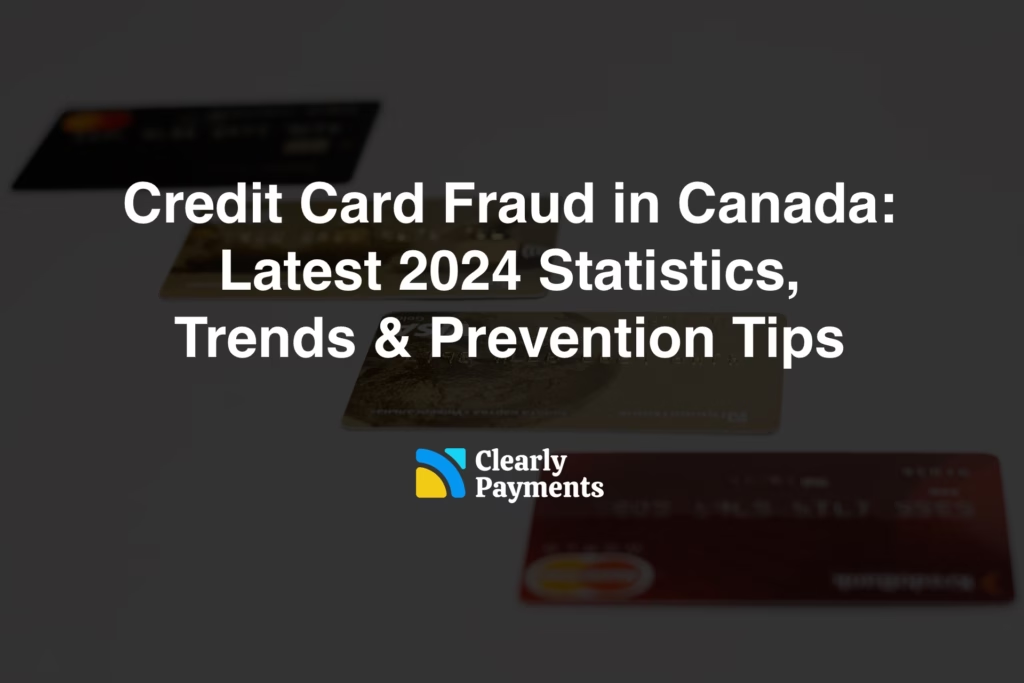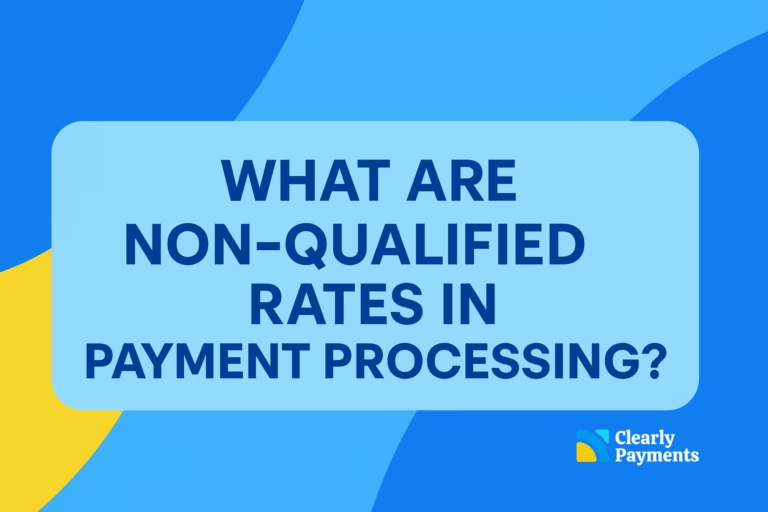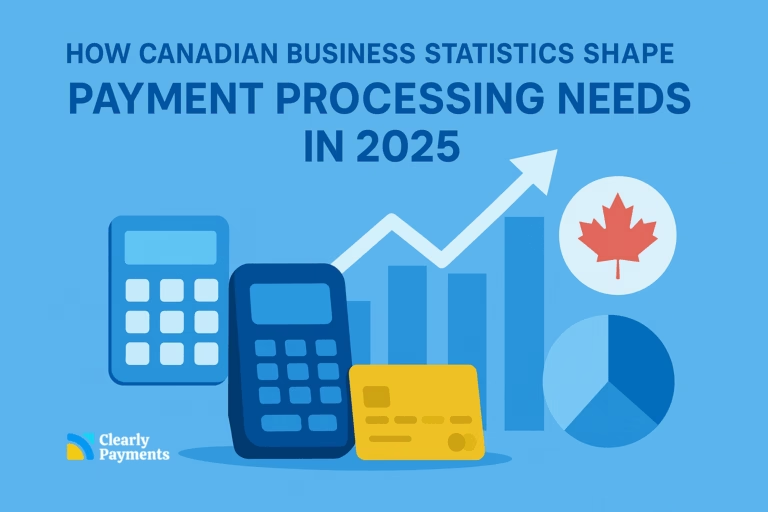In 2024, Canadians reported over CAD $638 million in fraud losses, according to the Canadian Anti-Fraud Centre (CAFC). Credit card and payment fraud remain major threats to both consumers and merchants, with card-not-present (CNP) scams and identity theft driving the majority of losses. You can also read our report on 2024 credit card fraud in the USA.
Canada’s fraud rate is lower than that of the United States, but growth in organized fraud rings, AI-powered scams, and phishing attacks shows the threat is evolving.
Canada’s 2024 Fraud Landscape
Fraud in Canada has escalated in recent years, with 108,878 incidents reported to CAFC in 2024. For merchants, fraud prevention is no longer optional, it’s a critical part of operations.
- Total losses: CAD $638M+ reported to CAFC in 2024 (vs. CAD $531M in 2023)
- Total fraud reports: 108,878 incidents across all scam types
- Credit card identity theft: Thousands of reports involving fraudulent new accounts or misuse of existing cards
- Global comparison: Canada accounts for 3% of global card fraud losses but only 2% of transactions
Key Fraud Statistics in Canada for 2024
| Metric | 2024 Canada Statistic |
|---|---|
| Fraud losses reported to CAFC | CAD $638M+ |
| Total fraud reports | 108,878 |
| Share of global fraud losses | 3% |
| CNP share of card fraud | The majority of losses |
| Phishing/smishing/vishing targeting rates | 43%, 40%, 35% |
| Merchant cost per $1 of fraud | CAD $3–$4 |
| Identity theft share of fraudulent applications | 75%+ |
Types of Credit Card Fraud in Canada (2024)
Credit card fraud in Canada takes many forms. These were the most common and costly in 2024:
| Fraud Type | Definition | 2024 Impact |
|---|---|---|
| New Account Fraud | Criminals use stolen or synthetic identities to open new credit cards. | Among the most common credit card identity theft methods reported to CAFC |
| Existing Account Fraud | Unauthorized use of a valid card/account. | Often linked to physical card theft or lost cards |
| Card-Not-Present (CNP) Fraud | Fraud where the card isn’t physically present (e-commerce, phone orders). | Majority of Canadian card fraud losses |
| Phishing, Smishing & Vishing | Email, text, or phone scams trick victims into revealing card data. | Reported by 43%, 40%, and 35% of Canadians respectively in late 2024 (TransUnion) |
| Friendly Fraud (Chargeback Fraud) | Customers dispute legitimate charges to get refunds. | Rising impact on merchants |
| Synthetic Identity Fraud | Fraudsters blend real and fake personal data to open accounts. | Growing with more online onboarding |
Card-Not-Present Fraud in Canada
CNP fraud is the epicentre of credit card fraud in Canada. It bypasses physical card security and is often executed using stolen data purchased on the dark web.
- Loss share: The majority of Canadian credit card fraud losses are from CNP transactions
- Common sources: Data breaches, phishing/smishing scams, compromised merchant checkout pages
- Merchant risk: Online retailers, subscription services, and travel businesses face the highest exposure
Identity Theft & Fraudulent Credit Card Applications
Identity theft is a top driver of Canadian card fraud, especially new account fraud.
- Fraudulent applications: 75%+ of fraudulent credit applications in Canada involve identity theft (Equifax, H2 2023)
- Banking impact: 73.5% of fraudulent credit card applications and 89.3% of deposit fraud cases stem from stolen identities
- At-risk groups: Young adults see the most fraud attempts; older Canadians face the highest dollar losses
Friendly Fraud & Chargebacks in Canada
Friendly fraud is growing in Canada and can be costly for merchants.
- Average merchant cost: CAD $3–$4 lost for every $1 in fraudulent transactions after fees, lost goods, and admin time
- False declines: Overly strict fraud filters reject legitimate transactions, reducing revenue
Evolving Fraud Tactics in Canada
Canadian fraudsters increasingly use the same high-tech strategies seen worldwide:
- AI-powered fraud: Automated bots testing stolen cards at scale
- Fraud-as-a-Service: Subscription phishing kits and card testing tools on the dark web
- Synthetic identities: A mix of real and fabricated data to bypass verification systems
Merchant Revenue Losses from Fraud
Fraud in Canada reduces merchant revenue and raises operational costs.
- Revenue loss: Up to 3% of total revenue lost to fraud in some e-commerce sectors
- Customer impact: Delays from manual reviews and false declines can damage brand trust
How Canada Compares Globally
Credit card fraud is a global problem, but Canada’s fraud rates and patterns differ from those of other countries. While Canada has strong chip-and-PIN adoption and advanced fraud detection systems, it still experiences higher card-not-present fraud compared to nations with more widespread biometric authentication.
Understanding Canada’s position in the global landscape helps identify where the country is ahead and where it can still improve.
| Country | Share of Global Card Transactions | Share of Global Card Fraud Losses | Primary Fraud Type | EMV Adoption | 3D Secure Adoption | Fraud Trend (2024) |
|---|---|---|---|---|---|---|
| United States | ~25% | ~42% | CNP | High (~90%) | Medium | ↑ Rising sharply |
| Canada | ~2% | ~3% | New account & CNP fraud | Very High | Medium–High | → Stable |
| United Kingdom | ~3% | ~8% | Account takeover, phishing | Very High | High | → Steady |
| Australia | ~1% | ~2% | CNP & identity fraud | Very High | High | → Slight rise |
| Germany | ~3% | ~1.5% | Lost/stolen card | High | High | ↓ Declining |
How to Prevent Credit Card Fraud in Canada
Whether you’re a consumer or merchant, layered prevention is key:
For Consumers:
Use credit cards with EMV chips and 2FA for online purchases
Monitor statements regularly and set up transaction alerts
Avoid clicking on suspicious links or replying to unsolicited messages
For Merchants:
Use 3D Secure 2.0 for CNP transactions
Employ AI-powered fraud detection systems
Maintain PCI DSS compliance and secure checkout pages
Train staff to spot red flags in transactions
FAQ – Credit Card Fraud in Canada
1. What is the most common type of credit card fraud in Canada?
Card-not-present (CNP) fraud is the most common, especially in e-commerce.
2. How much did Canadians lose to fraud in 2024?
Over CAD $638 million, according to the Canadian Anti-Fraud Centre.
3. Is credit card fraud increasing in Canada?
Yes, particularly in CNP and identity theft cases.
4. How can Canadian merchants reduce fraud?
Use multi-layered fraud detection, 3D Secure, and regularly update security protocols.




